Dining out is a delightful experience, yet not every dish on the menu is worth the splurge. Chefs, with their insider knowledge, often steer clear of certain items due to quality, freshness, or value concerns. From overpriced lobster rolls to the mysterious soup of the day, these choices might disappoint even the most adventurous eaters. This guide reveals 15 restaurant dishes that chefs themselves avoid, and you might want to as well. By understanding these culinary pitfalls, you can make more informed choices that ensure a satisfying dining experience without regret.
1. Overcooked Fish
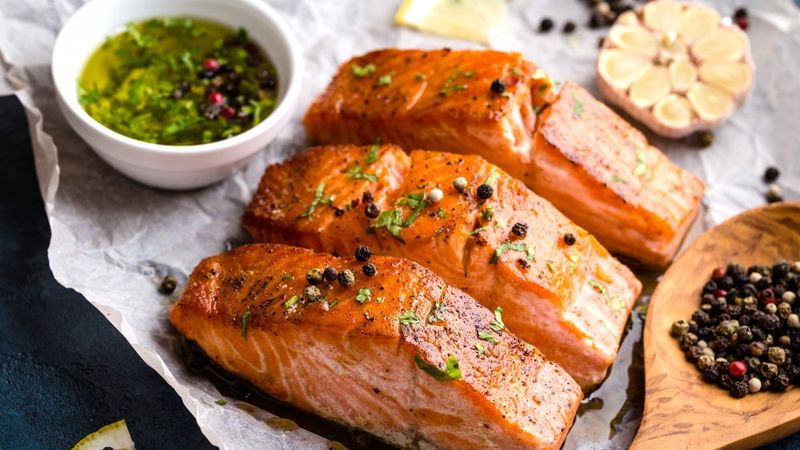
Even the most high-end restaurants struggle with perfectly cooking delicate fish like flounder or tilapia. Chefs warn that overcooked fish loses its flaky, moist texture and ends up dry, stringy, and bland. It’s also often smothered in sauce to mask the dryness, which doesn’t help.
Many restaurants pre-cook fish during busy hours, making the dish more of a reheat job than a fresh one. Unless you’re at a seafood-specialty spot, chefs recommend skipping fish altogether or ordering only what’s seasonal and grilled to order. Texture, taste, and timing are everything—and this dish too often misses the mark.
2. Stuffed Mushrooms
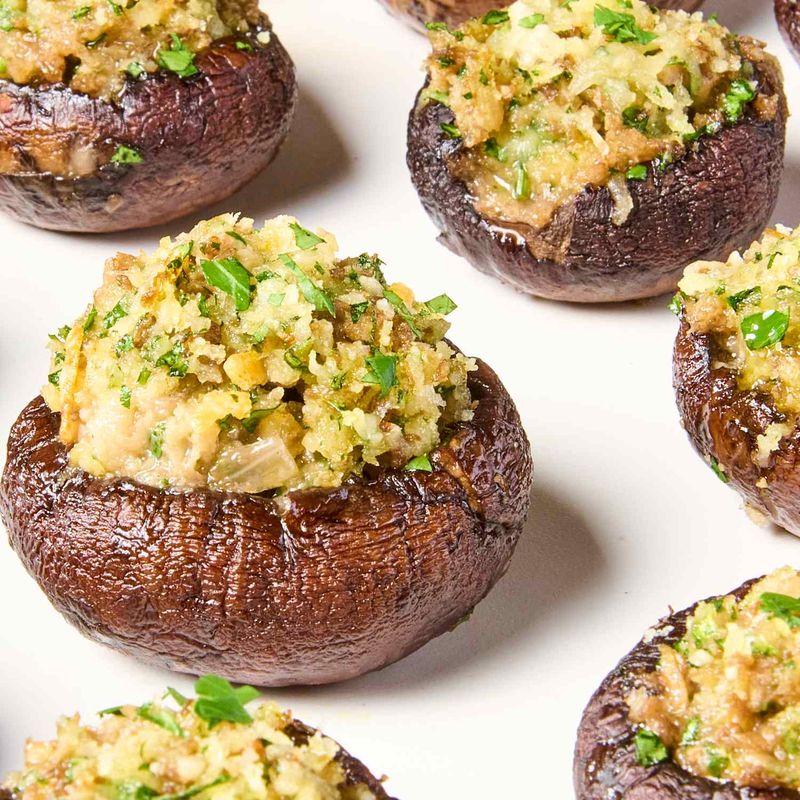
Chefs often side-eye stuffed mushrooms, especially as appetizers. These bite-sized starters are usually prepared in large batches ahead of service and reheated, compromising their once-satisfying texture. Instead of being warm and earthy with a crisp top, they arrive soggy and rubbery from time spent under heat lamps or microwaves. Additionally, the filling tends to be heavy on breadcrumbs and light on flavor. For a dish that sounds gourmet, it’s often the product of kitchen shortcuts. Unless you’re in a high-end restaurant known for fresh starters, most chefs agree these stuffed bites are more miss than hit.
3. Lobster Rolls
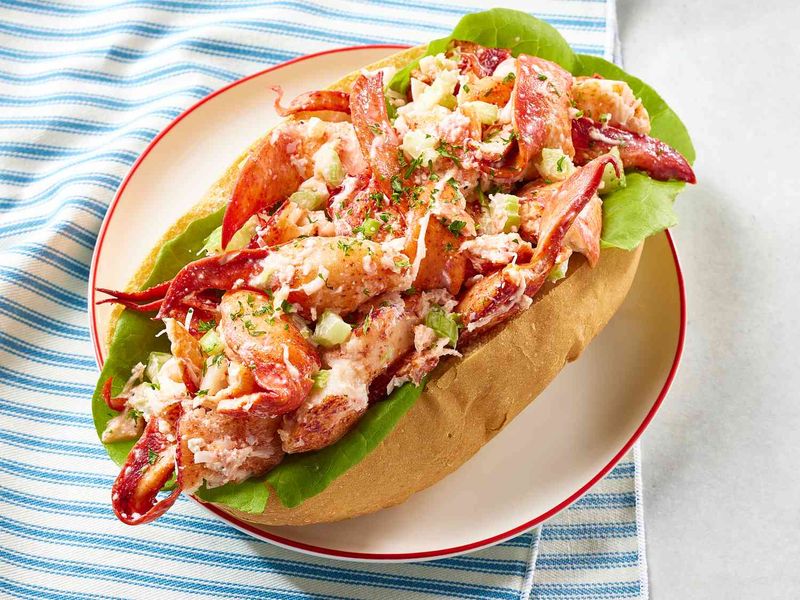
At first glance, lobster rolls seem like a decadent treat—but chefs are quick to call out the price-to-quality mismatch. Outside of coastal areas where lobster is freshly sourced, many restaurants use frozen or pre-cooked meat that lacks the juicy, sweet flavor diners expect.
Worse, the hefty price tag often reflects hype more than actual quality. Slathering it in mayo or butter won’t mask subpar shellfish. According to seasoned chefs, unless you’re at a trusted seafood shack with daily catches, lobster rolls are a risky splurge that rarely delivers on taste or value.
4. Pasta Dishes
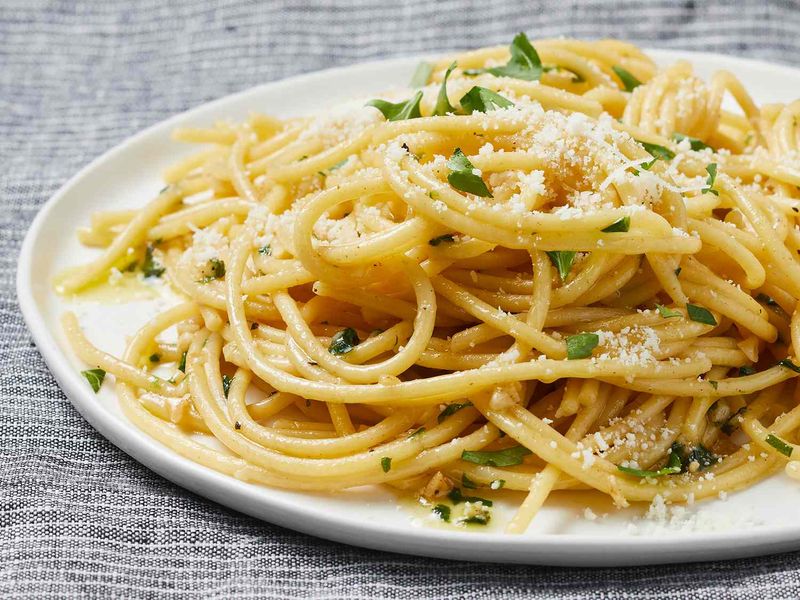
Despite their popularity, basic pasta dishes are among the most marked-up menu items. Chefs know that noodles and sauce cost mere cents to prepare, yet restaurants charge a premium—especially for spaghetti, penne, or fettuccine with basic marinara or Alfredo. Worse, the sauces are often jarred or made in massive batches with little care for seasoning or balance. Unless the pasta is handmade or the restaurant specializes in Italian cuisine, many chefs won’t bother ordering it. It’s one of the easiest meals to cook at home, and you’re often paying top dollar for very little effort.
5. Risotto
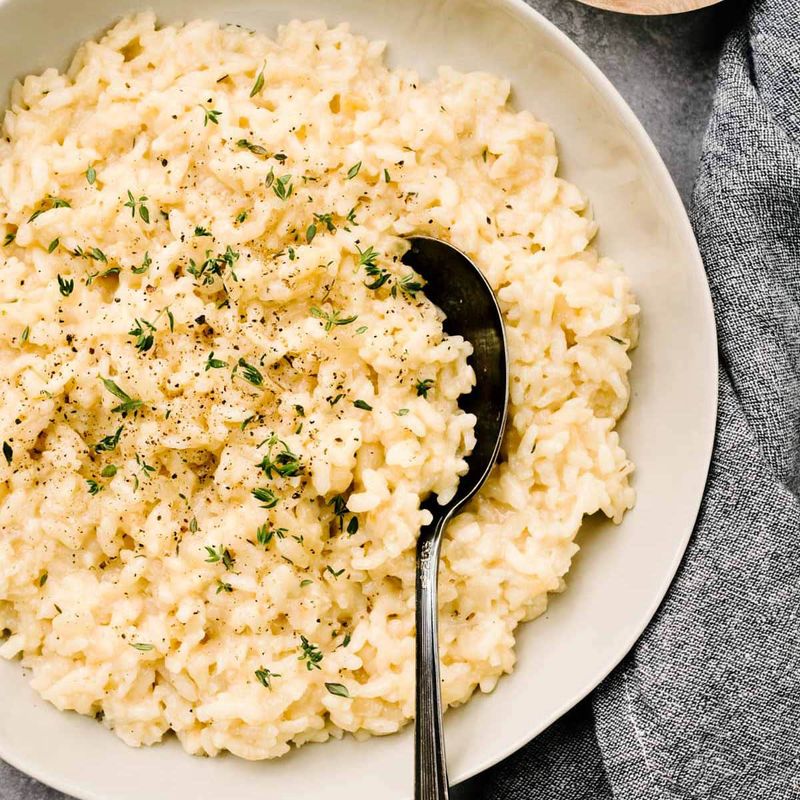
This creamy Italian dish demands constant attention to achieve its signature texture—but many restaurants just don’t have the time. According to chefs, risotto is often partially cooked in advance and reheated to save time, leading to gummy or uneven grains.
The result lacks the velvety consistency and subtle bite that a freshly made risotto should have. In some cases, the ingredients aren’t even stirred in at the right moment, leaving the dish flat and disjointed. Unless the kitchen is known for crafting risotto with care and patience, you’re better off skipping it entirely.
6. Calamari
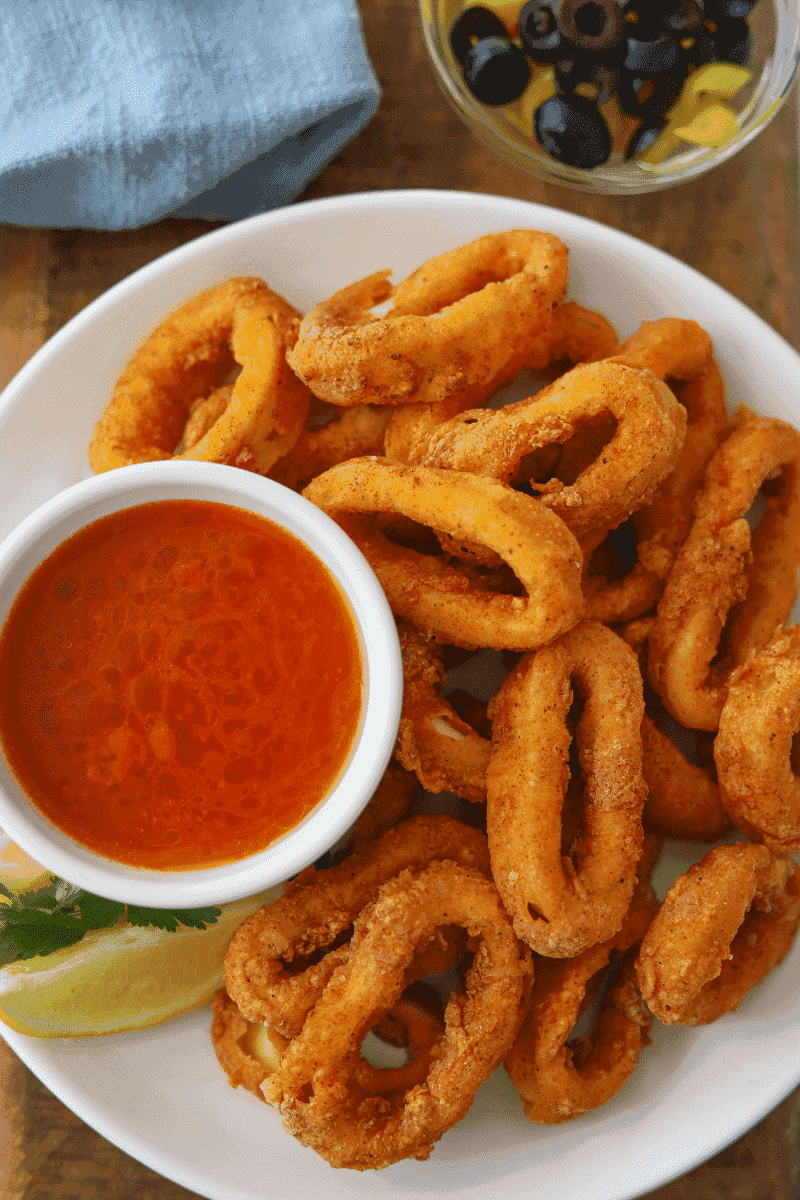
Fried calamari may be a crowd-pleaser, but chefs say it’s often a letdown. Timing is crucial—if it isn’t served immediately after frying, it turns rubbery and greasy. Many kitchens pre-bread the squid hours ahead of time, which causes the coating to lose its crispness. To make matters worse, lower-quality calamari is frequently used, and it’s heavily breaded to disguise any fishy flavor. Unless you’re dining somewhere known for its fresh seafood and attention to fry time, this appetizer is usually more chewy than charming. Chefs prefer to pass and save room for something more thoughtfully prepared.
7. Chicken Dishes
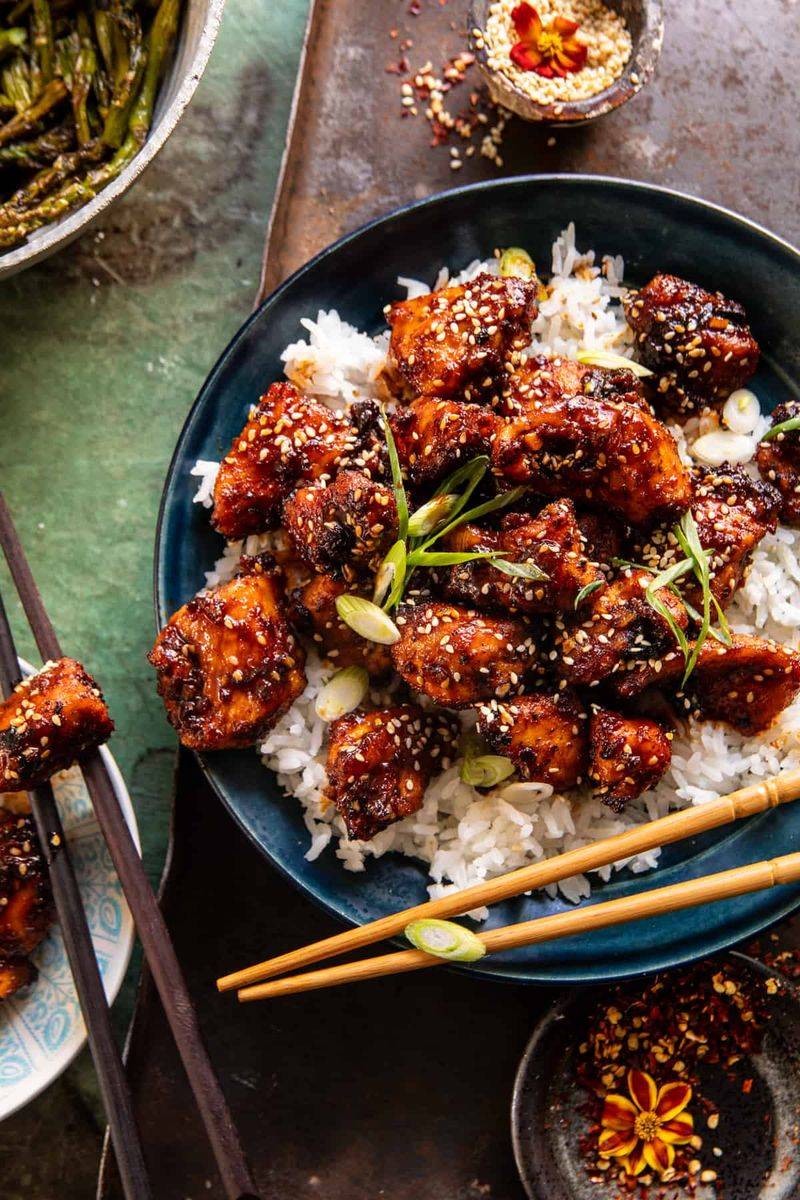
Ordering chicken might feel like a safe bet, but most chefs view it as the dullest—and often most overpriced—option on the menu. Since chicken is inexpensive and easy to cook, restaurants rely on it to boost profit margins without necessarily delivering much flavor.
Worse, it’s frequently overcooked to avoid food safety issues, resulting in dry, stringy meat. Unless the restaurant specializes in poultry or offers a creative, standout chicken dish, chefs say it’s rarely the best choice. They’d rather spend their money on something that showcases the kitchen’s creativity and culinary skill.
8. Soup of the Day
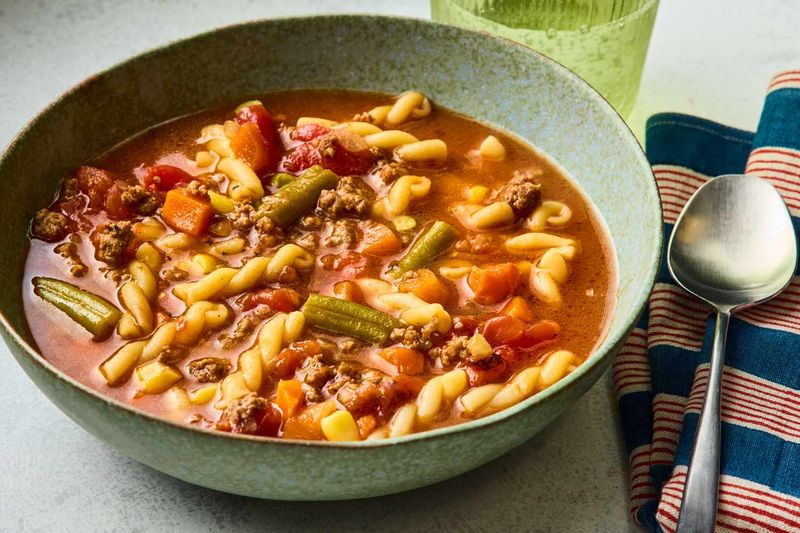
While the name might imply freshness, chefs often raise an eyebrow at the “soup of the day.” It’s a classic way for restaurants to use up leftover ingredients before they go bad. This means you’re potentially getting yesterday’s vegetables, last week’s chicken, or a medley of mismatched odds and ends in one pot.
The result? A dish that may taste fine but lacks intentionality and finesse. Even worse, it can sit on a warmer all day, degrading in texture and flavor. Unless the establishment is known for house-made soups, chefs say it’s best to skip the mystery ladle.
9. House Salad

Simple doesn’t always mean smart. Chefs tend to avoid house salads because they’re often built in advance and left sitting in coolers, which wilts greens and drains ingredients of their vibrancy. Add to that pre-shredded cheese, under-ripe tomatoes, and a dressing that’s more sugar than seasoning, and you’ve got a lackluster plate. What should be fresh and revitalizing ends up tasting tired and generic. Cross-contamination is another concern—salad stations can harbor germs if not cleaned frequently. Chefs suggest opting for a signature salad or skipping it altogether unless the restaurant prides itself on locally sourced produce.
10. Filet Mignon

Though filet mignon is one of the most expensive steak cuts on the menu, chefs often find it underwhelming. Sure, it’s tender—but that tenderness comes at the cost of flavor. Compared to fattier cuts like ribeye or strip steak, filet lacks the marbling that brings bold, beefy richness.
Many chefs see it as a bland crowd-pleaser that’s overpriced and usually drowned in sauces to make up for what it’s missing. Unless you’re getting it wrapped in bacon or topped with something bold, it’s not worth the splurge. For both taste and value, chefs tend to look elsewhere.
11. Truffle Oil Dishes
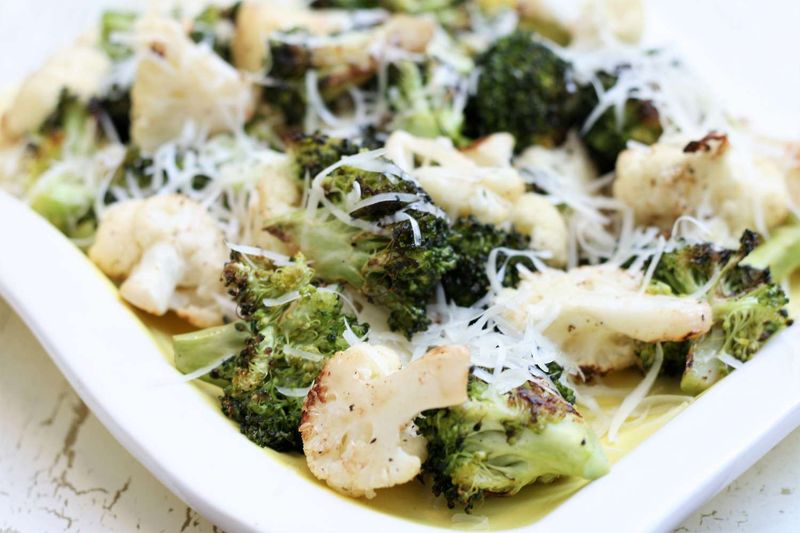
Don’t let the fancy aroma fool you—chefs have serious issues with truffle oil. Most varieties used in restaurants aren’t made from real truffles but from synthetic chemicals designed to mimic their earthy scent. This artificial flavor is often used to elevate bland dishes like fries, pasta, or flatbreads, but it tends to overpower other ingredients rather than enhance them. Many chefs find it gimmicky and believe it masks poor cooking or low-quality ingredients. If you’re craving real truffle flavor, you’re better off seeking it at a high-end spot that uses fresh truffles, not bottled fragrance.
12. Mussels
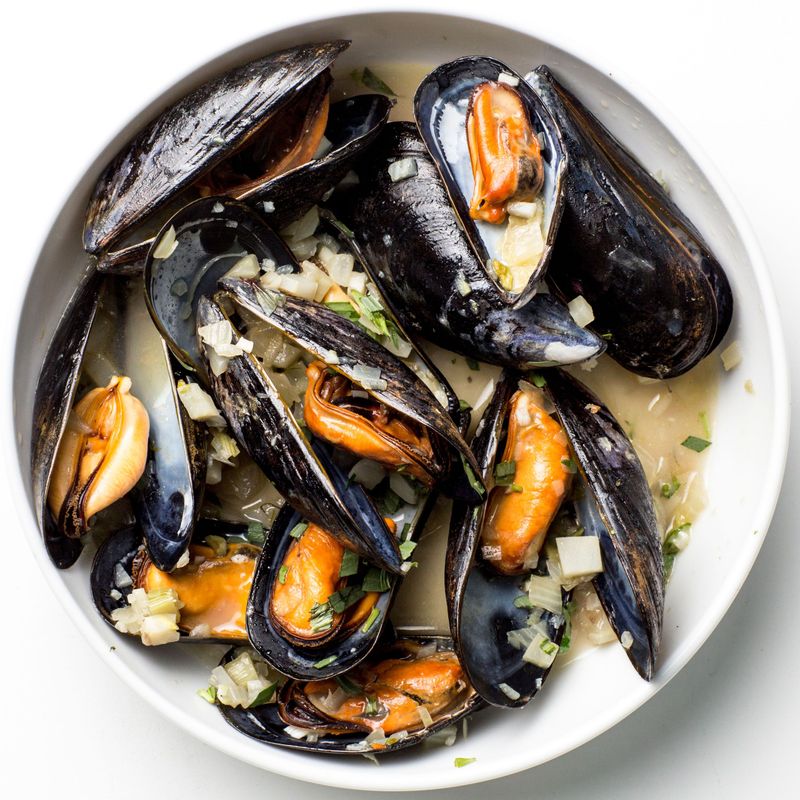
This shellfish favorite comes with serious freshness risks—especially when ordered at the wrong place. Chefs caution that mussels are highly perishable and must be stored, cleaned, and cooked with extreme care. If a kitchen isn’t meticulous, one bad mussel can ruin your entire meal—or worse, your weekend.
Many restaurants buy them in bulk and may not discard the ones that don’t open during cooking, which is a big red flag. Unless the restaurant is renowned for its seafood and you know the mussels are fresh and responsibly handled, chefs say it’s a gamble not worth taking.
13. Mac and Cheese
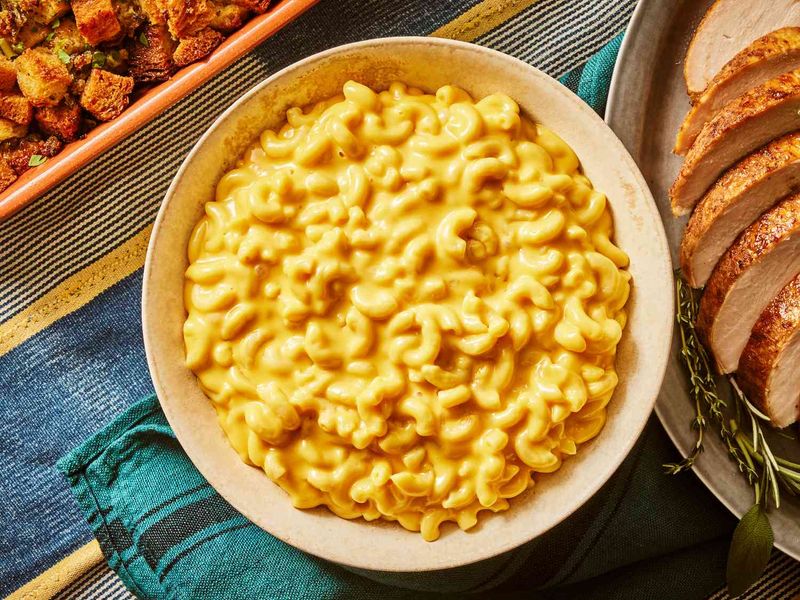
This comfort food classic doesn’t always translate well on restaurant menus. According to chefs, mac and cheese is often bulk-made with processed cheese sauces and overcooked pasta, resulting in a gluey, uninspired dish that tastes more like cafeteria fare than culinary delight. Even when it’s dressed up with bacon or truffle oil, the base is usually bland and lacks the rich, nuanced flavor you’d expect from a homemade version. Unless a restaurant is known for a gourmet twist, chefs recommend skipping this one and saving your carb cravings for something more thoughtful.
14. Quiche

Quiche may sound elegant, but in many restaurants, it’s just another make-ahead item reheated throughout the day. Chefs explain that quiche loses much of its appeal after sitting in a fridge and getting nuked or tossed back in the oven. The crust goes limp, the eggs turn rubbery, and the filling loses its delicate texture. Unless you’re at a bakery or brunch spot that makes fresh quiche daily, it’s likely to be a disappointing slab rather than a fluffy, custardy delight. For something that’s supposed to feel light and luxurious, quiche often falls flat outside of home kitchens.
15. Tuna Tataki
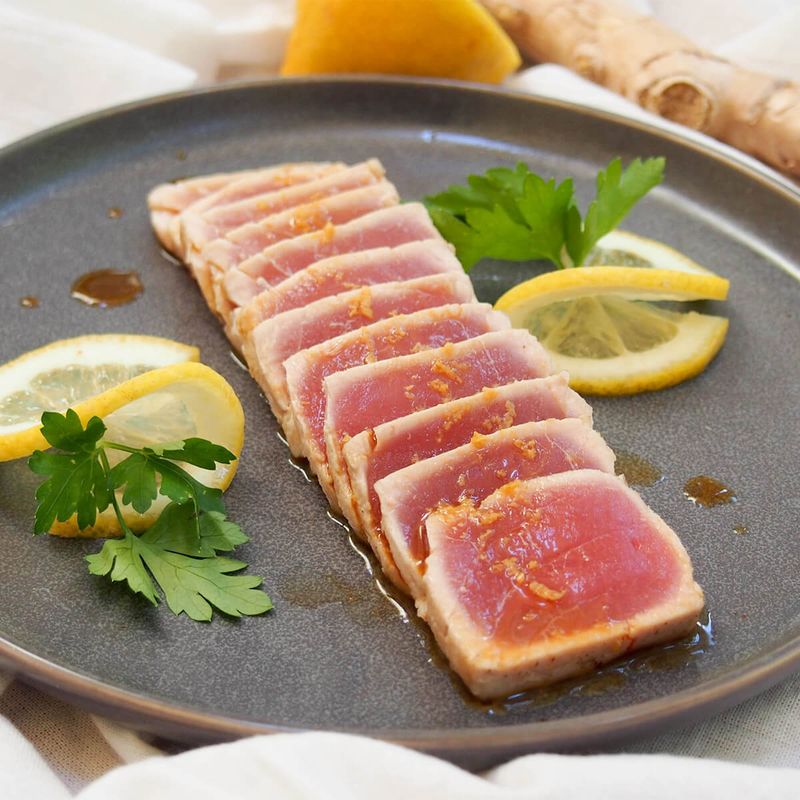
This lightly seared tuna dish may look upscale, but chefs know it can sometimes be a clever disguise for less-than-fresh fish. Because the center is raw, the quality needs to be impeccable—yet not every kitchen prioritizes that standard.
Restaurants may use frozen or aging tuna, then sear and sauce it to distract from the lack of freshness. Texture and flavor suffer as a result. Unless you’re dining at a reputable sushi or seafood restaurant where fish quality is guaranteed, chefs caution that tuna tataki is a risky order that doesn’t always live up to its presentation.
Leave a comment